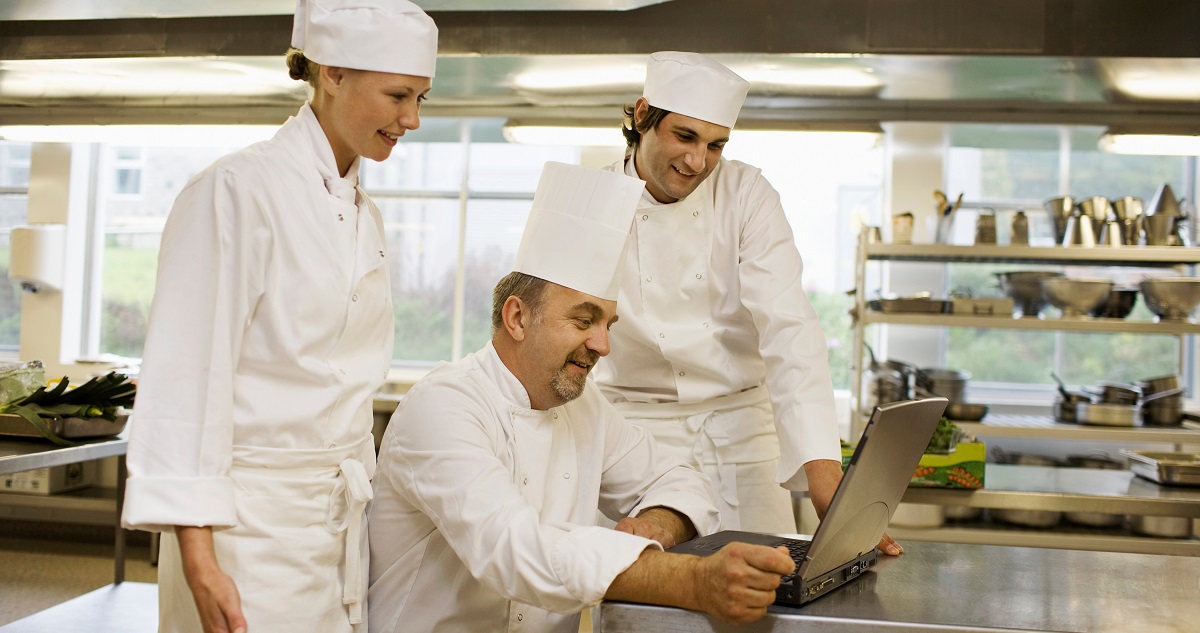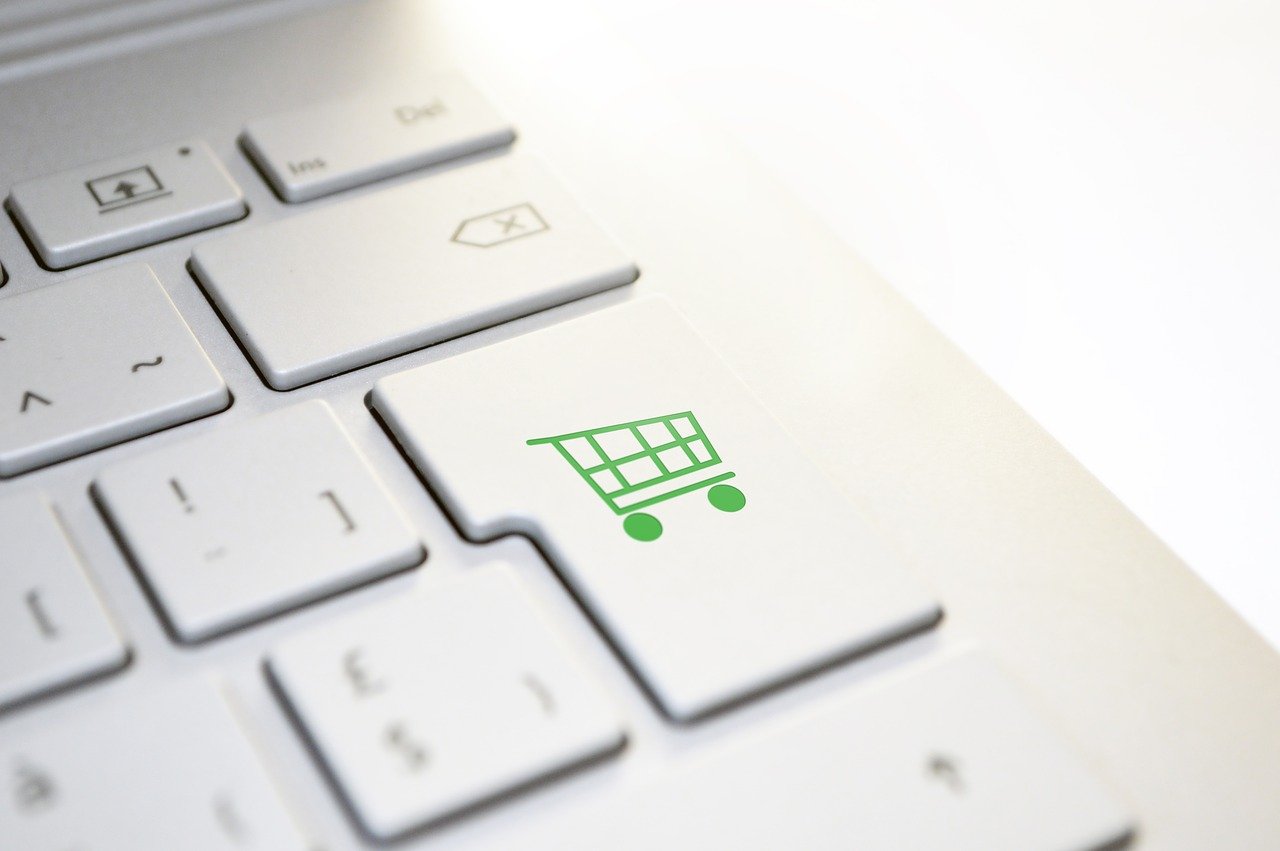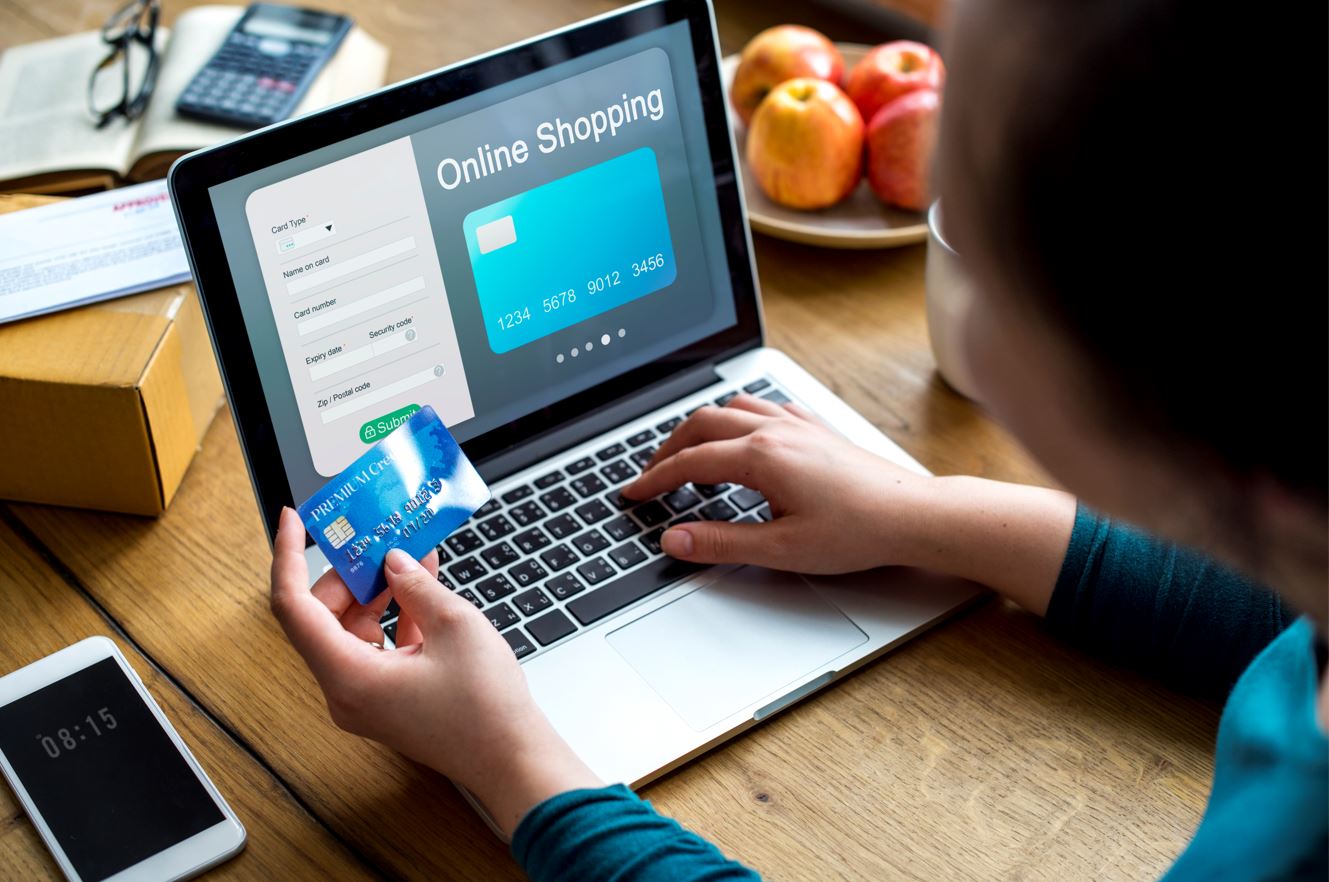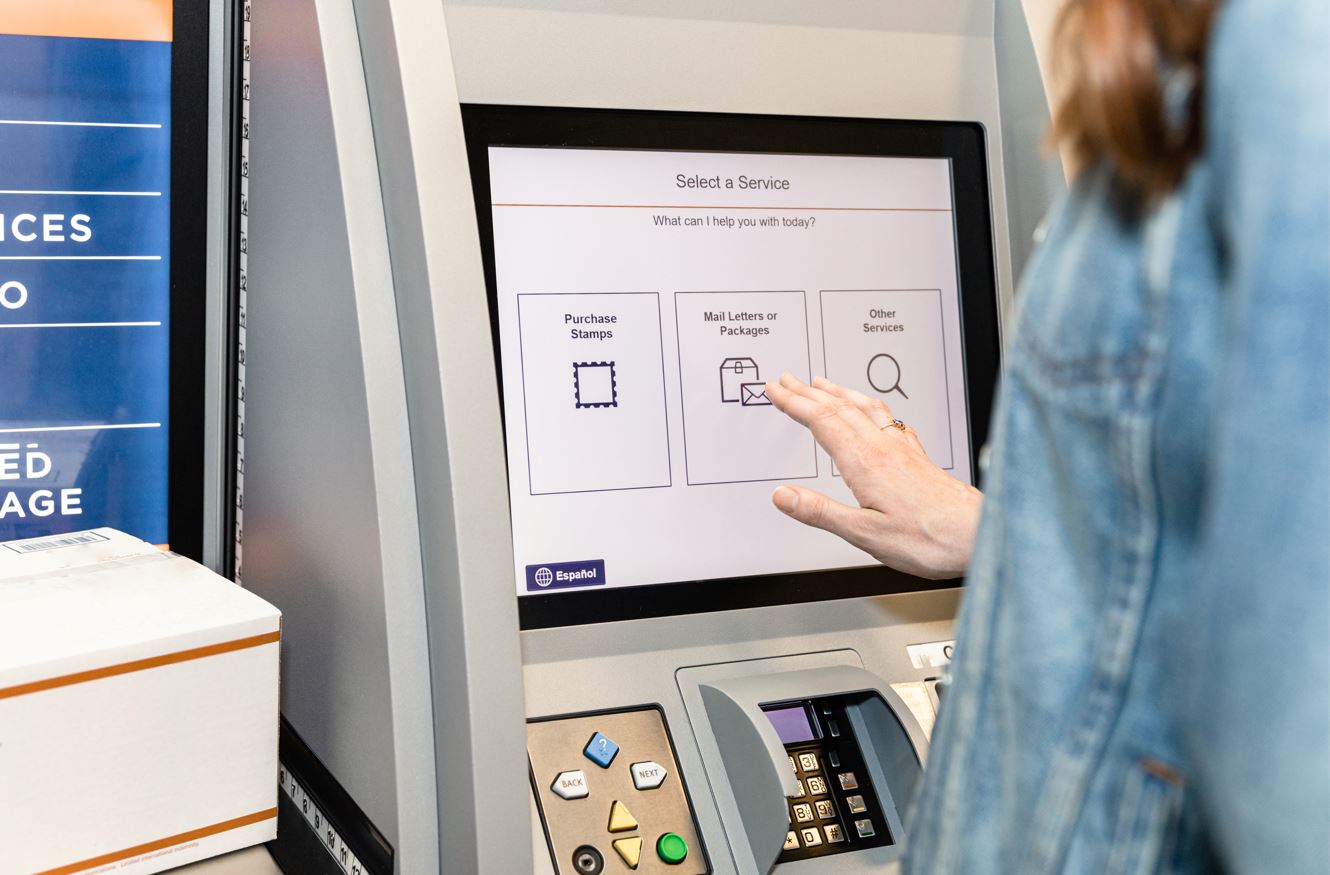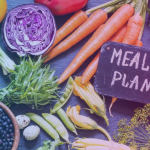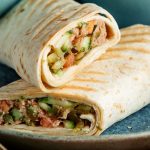Takeout with a side of fries isn’t the only common thing among customers these days. They need fast order fulfillment and stellar customer service. Of course, food’s taste matters a lot, but customers aren’t willing to give a 5-star rating to restaurants with ungodly menus and overall slow service. It would be best if you had a guide to preparing your restaurant for an online ordering system to stay with the times.
At Blink, we have been part of the services’ crew to restaurants and retailers from all over. If there’s one thing we can vouch for, it’s quick commerce enablement; a systematized process that picks up on fast order fulfillment, hyper-growth through integrated marketing solutions, and direct online ordering facility at very nominal commissions.
Getting started as a restaurant may sound easy because theoretically, you’d need to sign up for a vendor account on a service provider’s website.
However, things get a little complicated as we double down on scaling the business alongside a delightful customer experience. More so, preparing your restaurant for an online ordering system is more important than ever due to rising cutthroat competition in the year 2022.
That’s where an online ordering system comes in.
In that order, we’ll explain the ins and outs of preparing your restaurant for an online ordering system. Given that you have already signed up for an account with a vendor, it’s time to shift the gear to increase customer convenience and aggregate growth as your business moves along.
Preparing Your Restaurant For An Online Ordering System Is a Big Deal
A study in the USA by the National Restaurant Association revealed that different technology options when ordering food are essential. Convenience is the gamechanger here. Customers expect multiple payment options different delivery modes, such as; contactless vs. regular delivery, menu recommendations, and vice versa.
On top of such factors, if you are preparing your restaurant for an online ordering system like Blink, here are some additional pointers:
- A dynamic dashboard to grant deep-level customer insights
- Sales data for the highest number of items sold vs. underperforming menu items
- Loyalty & discount campaigns based on integrated channels
- One-way SMS marketing through Blink’s integrated packages
- Identification of pain points, as in delayed order deliveries vs. on-time order deliveries
Plus, there are many more factors, but we are not here to toot our own horn. The more important thing is preparing your restaurant for an online ordering system through different optimized steps. There are many ways to get things done, but let’s cover some basic concepts about an online ordering system.
This next part is for those food businesses that are either considering preparing your restaurant for an online ordering system or potential individuals looking to kick off with a startup this year.
What Is an Online Ordering System For Restaurants?
We are in the era of ‘right now or never.’
At least, that’s what the millennial population desires.
The online ordering business is expected to have a worth of $365 billion over the next eight years or so. This level of growth is attributed to different things on a restaurant’s part, but it all narrows down to a basic ordering system online. Once you have that setup, the business scalability stems off of that system in due course of time.
The question is, what is an online ordering system, especially if it is your first time making the transition to an internet-based food order fulfillment portal?
An online ordering system for restaurants combines robust technologies that enable existing + potential customers to order food from you.
These ordering systems branch off to:
- Restaurant’s branded website
- Social media page
- Your food ordering app
Subsequent to the above three variants, everything is tied to a centralized hub where all the orders can be itemized and tracked. This is where your vendor comes in.
There are two categories of vendors to consider before partnering with either one:
- Direct Online Ordering Portal With Quick Commerce Enablement
- 3rd Party Aggregators
Both of these platforms have their advantages and disadvantages. However, in terms of benefits and the overall feasibility, we’d say that direct online ordering platforms outweigh the latter portal. And that’s based on sound reason.
Quick Commerce Solutions
A direct online ordering system caters to restaurants’ requirements through its technology stack. At Blink, we call it ‘Quick Commerce Enablement’ because our business partners have a one-off platform where they can fulfill online orders, appease customers, and scale the business at multiple forefronts.
Such systems have different traits in common.
- Keep more of your profits: Unlike a 3rd party aggregator model, direct online ordering systems focus on hyper-growth enablement for their business partners.
The monthly service charges are nominal in addition to a 2% – 2.5% commission rate against incoming food orders on the restaurant’s behalf.
- Boost your sales: Feel free to use integrated marketing solutions to boost sales.
Depending on the vendor you have partnered with, you may have access to a powerful SMS marketing tool, robust Microsoft Power Bi (*Business Intelligence) platform for access to sales data, and social media marketing solutions.
- Additional retainers to maximize customer base: Take control of the entire online ordering experience instead of relying on 3rd party apps or contractors to ensure high-level services.
- No more order errors: Since everything works systematically, you don’t have to deal with manual order entries and tallies on your end.
- Streamlined operations: Accept payments from your online and real-life walk-in customers in one place – and that too, through multiple payment gateways.
About third-party aggregators
These platforms comprise different companies, such as; GrubHub, DoorDash, Foodpanda, and vice versa. All of them are popular concerning their area of operations.
Business accounts with 3rd party aggregators seem like a dream. You get exposure to millions of customers through the aggregator app, and there’s an extensive list of locations to make your virtual food hall a reality.
However, the most significant caveat with 3rd party aggregators is their hidden food charges. At face value, they also charge up north of 30% – 45% commission against each incoming food order from your restaurant. This way, maintaining a steady line of profits, let alone reaching a break-even point, becomes a nightmare.
The hidden charges kick in as ‘service charges’ in a different form at the end of each pay cycle. As much as you’d like to do the math yourself, you will never be able to figure out how the 3rd party aggregator billed you. Other than contesting that high fee, there’s no choice but to go on with your normal business operations, hoping to bring in more customers to make up for that gaping hole in your incoming revenue.
Having laid out the basics, let’s talk about preparing your restaurant for an online ordering system like Blink or any other popular quick commerce platform in your region.
4 Steps To Preparing Your Restaurant For An Online Ordering System In 2022
1. Know The Key Market Players In Your Area
It pays off to do a bit of R&R on the side before signing up for a business account for an online restaurant services vendor.
At first, it might seem overwhelming because all of these vendors claim to work as advertised. However, you can do due diligence by going through websites dedicated to online restaurant ordering system reviews. Many of their clients are very honest and opinionated about the services they liked vs. setbacks to having an account with a respective vendor.
For argument’s sake, let’s look at the critical online ordering system platforms in the US market right now.
- Grubhub: 85.1% of restaurant owners in New York
- Uber Eats: 8.2% of restaurant owners in New York
- Eat24: 1.9% customers in New York
- DoorDash: 1.9% of customers in New York
Meanwhile, Boston market stats are appended below.
- GrubHub: 70% of restaurant owners
- Eat24: 5.5% restaurant owners
- Postmates: 2.0 percent restaurant owners
- DoorDash: 11.9% restaurant owners
Over at San Francisco, we have the following stats to go through.
DoorDash: 36.7% restaurant owners
- Uber Eats: 18.3% of restaurant owners
- Eat24: 5.5% restaurant owners
- GrubHub: 17.7% of restaurant owners
Your area or country-specific statistics are readily available online. Visit Statista or other similar websites to pull in the percentages to get an idea about the overall popularity factor associated with these key market players.
By the way, all of the companies mentioned above are 3rd party aggregators. Therefore, signing up for a business account comes with unique pros and cons.
2. Menu Optimization Is the Way Forward
Optimized online restaurant menus do more than just treat customers to different delights.
These menus are a gateway to increasing sales through multiple tactics. Ever seen a food menu at the time of online order checkout? There are tons of ‘recommended’ options to upsell add-on items that aren’t originally part of the base order.
A simple hamburger order gets add-on recommendation of:
- Cheese
- Cold Drinks
- Bucket of Fries With Mayo
- Regular Fries
- Dip Sauce Variants
All in all, the menu optimization factor enables restaurant owners to sell more.
Another vital concern for menu optimization is the ‘back-house’ tweaks to the online food order menu. These days, direct online ordering platforms have a dedicated menu manager or an item manager to change frontend app/website menus effectively.
Based on your sales volume against high-selling menu items vs. low-selling menu items, you can combine different foods to recommend them as a combo meal to your food order app users.
Blink partners have added advantages concerning restaurant menu optimization. They can access a dynamic dashboard comprising menu sales performance through Microsoft Power Bi. This dashboard lends insight into your high-performing ticket menu items and how customers have added ‘add-on’ or extra items to their base order.
This way, you can create a new food order menu to supplement the ‘up sale’ factor the next time such customers are looking to place an order.
3. Multiple Payment Options
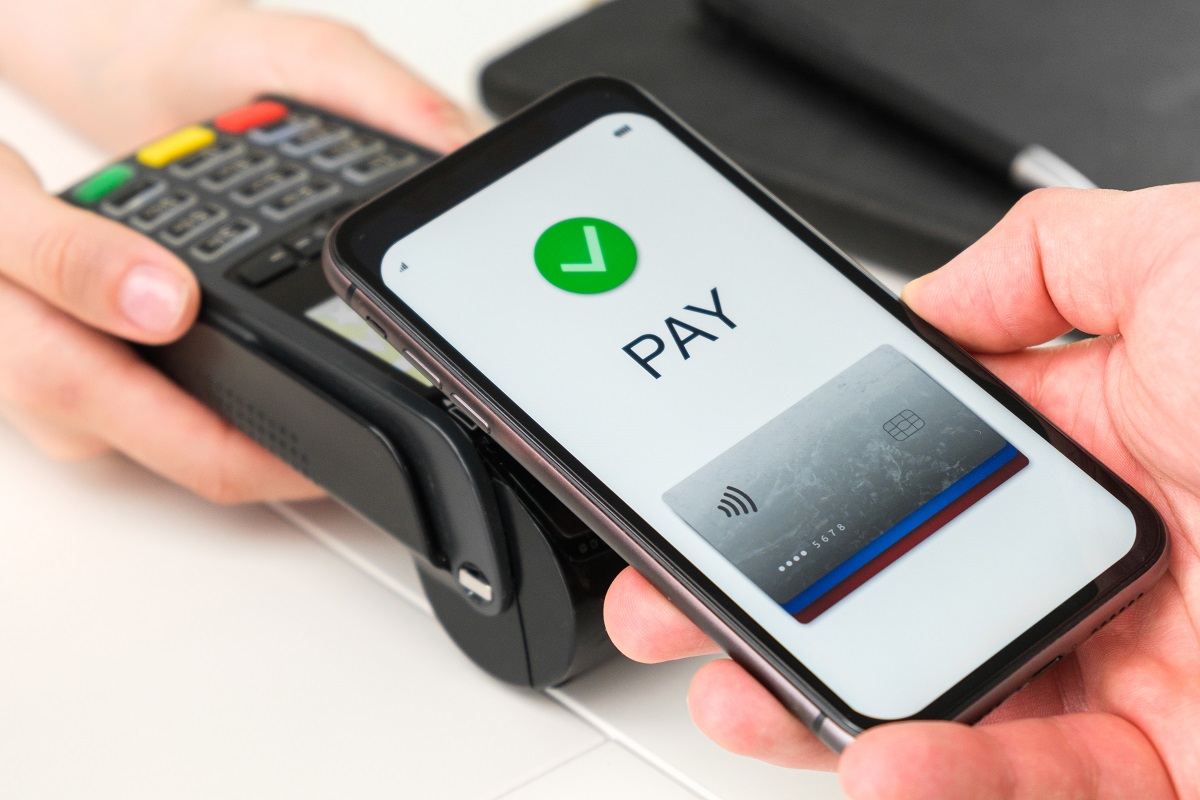
After signing up with a vendor of your choice, the payment module is the next step to preparing your restaurant for an online ordering system.
The service provider might accept payment through credit cards and debit cards by default. However, you can request adding additional payment gateways to enable your respective customers for quick payments without any hassles.
That’s one area where POS systems come in, but they can be a little tricky to use for on-site restaurant staff members. POS systems aren’t mainly part of the online ordering system service providers. For POS setup, you may need to contact 3rd party companies to set up and install a system that connects with your existing online ordering system.
POS systems bring in support in the form of self-payment terminals where customers can place an order on their own and pay against it through self-service. These systems are live at Starbucks and various other food and beverage companies all over the US.
4. Online Marketing
Third-party aggregators have spent a lot of time getting eyeballs to their food ordering apps. Since these platforms have millions of active customers, restaurants can gauge their scalability, after the amount of daily traffic.
But then again, 3rd party aggregators, such as; GrubHub, Careem, Foodpanda, and DoorDash, have additional charges to place your restaurant’s name in the top fold or the top of the food ordering app. Concerning this dilemma, direct online ordering systems are much better because you can use the platform’s integrated marketing solutions to scale your business.
So, if you are preparing your restaurant for an online ordering system, consider the marketing aspect before forking over the cash. Direct online ordering companies have integrated SMS marketing features and social media marketing channels to directly execute your campaigns without switching over to other platforms.
Plus, many such vendors share customer details with restaurant owners to empower businesses. You can take control of your marketing campaigns by sending newsletters to your customers for aligning everyone with upcoming or ongoing discount offers etc.
There are integrated discounts where you can create a list of discount codes. This helps run your food-promo campaign through the frontend online food ordering app.
In other words, preparing your restaurant for an online ordering system couldn’t have been more accessible these days.
Here’s The Next Step!
You can book a free demo with Blink to get a detailed overview of how our platform works.
We have a panache for hyper-growth through bleeding-edge technology, unlike any other service provider in the market these days. In that regard, quick commerce enablement is part of our core values and services stack.
Let’s get in touch to see how much money you can save.
